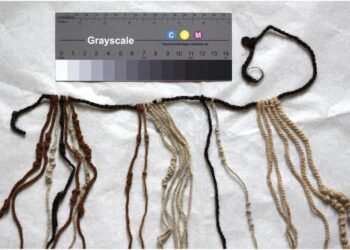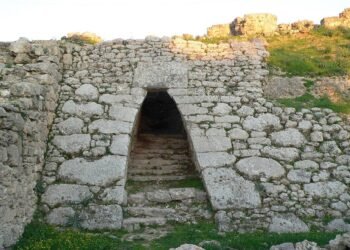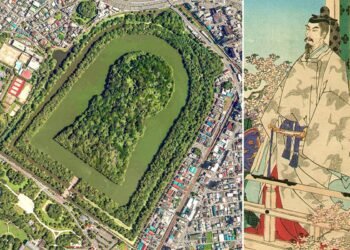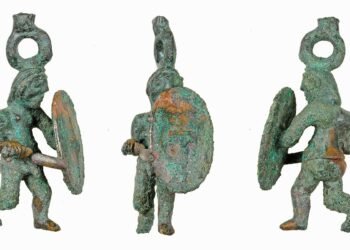Archaeologists have unearthed traces of a permanent settlement in the vast Neolithic site of the Marais de Saint-Gond in northeastern France.
The discovery has been described as the final piece of a historical puzzle, shedding light on the economic, societal, and territorial organization of the Neolithic, a period characterized by the transition from hunting and gathering to settled agriculture.
Marais de Saint-Gond, located northeast of Paris, covers 450 hectares and has yielded remarkable archaeological finds. Prior to this discovery, archaeologists had identified 15 large flint mines, 135 hypogeum (underground chambers), five megalithic-covered alleys, ten polishers used for axes, and evidence of fields cultivated through controlled burns. These findings have been accumulated over the past century and a half.
The recent revelation of a permanent settlement within the site has allowed researchers to understand the structured nature of this ancient community. The settlement was identified in the Val-des-Marais commune, approximately 136 kilometers from Paris. It was encircled by a palisade or enclosure and covered an estimated one-hectare area, including an apse building, large rubbish pits, and wells.

Archaeologist Rémi Martineau, co-manager of the excavation from France’s national center for scientific research (CNRS), expressed the significance of this discovery: “The site was completely structured. The foundations of our society are already there.”
The excavation also yielded an exceptional artifact—a tiny oval object made of mother-of-pearl. Pierced with two holes in the center, it is considered a predecessor of the button, dating back 3,400 to 3,300 years ago. Due to its remarkably well-preserved state, archaeologists are hopeful that further excavations will unveil additional intact objects and buildings.
This discovery challenges previous notions that prehistoric people in northeastern France, Belgium, and parts of Switzerland during this era were part of the same cultural group. It suggests the existence of various cultural groups within the region.
Martineau emphasized that this recent revelation marks a significant advancement in comprehending the economic, societal, and territorial structures of the Neolithic period, highlighting that such a find is unparalleled throughout all of Europe.
The ongoing research program, initiated 20 years ago and led by CNRS, has involved the collaboration of numerous archaeologists, researchers, and students.
The Neolithic period, often referred to as the New Stone Age, marked a transition from a hunter-gatherer lifestyle to settled agriculture and the emergence of more structured societies with temples, priests, and powerful leaders.























